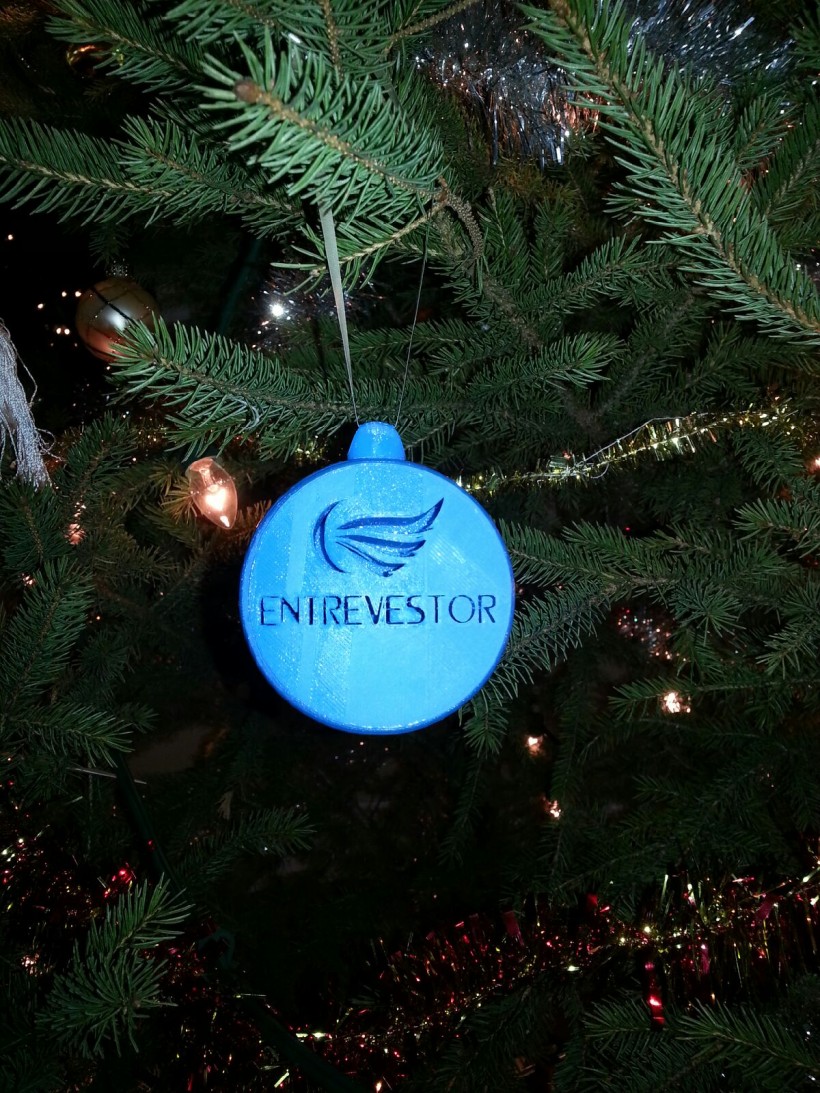One of the key tools that founders have to get their message out beyond their immediate circle is a press release. But it amazes me how often common mistakes make their way into these important documents.
Press releases may seem like trifles, but they demonstrate an entrepreneur’s ability to communicate important messages about a company. If media releases are posted in sequence on your website, they can tell the story of your company for potential investors, mentors and customers. And of course, a good PR can get you media attention.
In the next few weeks, I’m holding a series of communications seminars with Propel ICT cohorts, and one message I want to stress is how not to screw up a press release. Here’s what makes a bad media release.
Fuzzy Message – Anyone reading a company statement needs to know this: who is doing what? When, where, how and why are they doing it. And if “it” involves money, how much is involved. That should all be in the first sentence or two.
Here’s what you can leave out of the first paragraph: the company’s commitment to social justice and a clean environment; the founders’ charity work; the benefits of growing the middle class. It’s all laudable. But your press release should precisely and concisely tell the reader the important bits and very little more.
Jargon – Even if your audience comprises people in your technical community, don’t assume your readers will understand reams of technical bafflegab strung together. As a founder, you have to be able to describe your product in terms that can be understood by a range of people. If you litter your statements with jargon, a broad swath of your readership won’t understand it. Not that you’ll hear about it. People who don’t understand jargon rarely admit it. They’ll just ignore you.
On a related point, keep legalese out of your press releases. Your lawyer should sign off on your statement, not write it. No need to put (“the Company”) after the name of your company. We get it. Honest. Those TM marks after the name of your product – they look really dumb.
Not Explaining Why Your Statement Is Important – This mistake occurs in most press releases. People don’t automatically understand the significance of your announcement. Explain it to them. If you’ve raised capital, tell the reader what you’ll do with the money. If you’ve landed a customer, explain why that customer is important. If you’re launching a product, say what gap it fills in the market and why it will improve the industry or have a social impact.
No Contact Details – If you’re sending a media release to journalists, give a phone number and email address where the media can reach the CEO. If reporters phone a startup, they don’t want to talk to anyone other than the CEO. And they don’t want to talk to the CEO at 5 p.m. If your announcement is important, make the CEO available to chat with journalists in the few hours after the statement goes out. When you post the statement on your website, make sure you include contact details, even if it’s just an info-at email address.
Boring quotes – This isn’t a big deal. But if you’re looking for good press, give the journalist something to work with. Say something more than that you’re honoured or excited by the announcement. A quote is an opportunity to add some life to your statement. Don’t make it sound like it was written by a low-level functionary.
With the decline of traditional media, it’s harder than ever to get the notice of journalists. By crafting a concise, precise press release, you increase your chances of getting your message out – to journalists and their readers or viewers.










